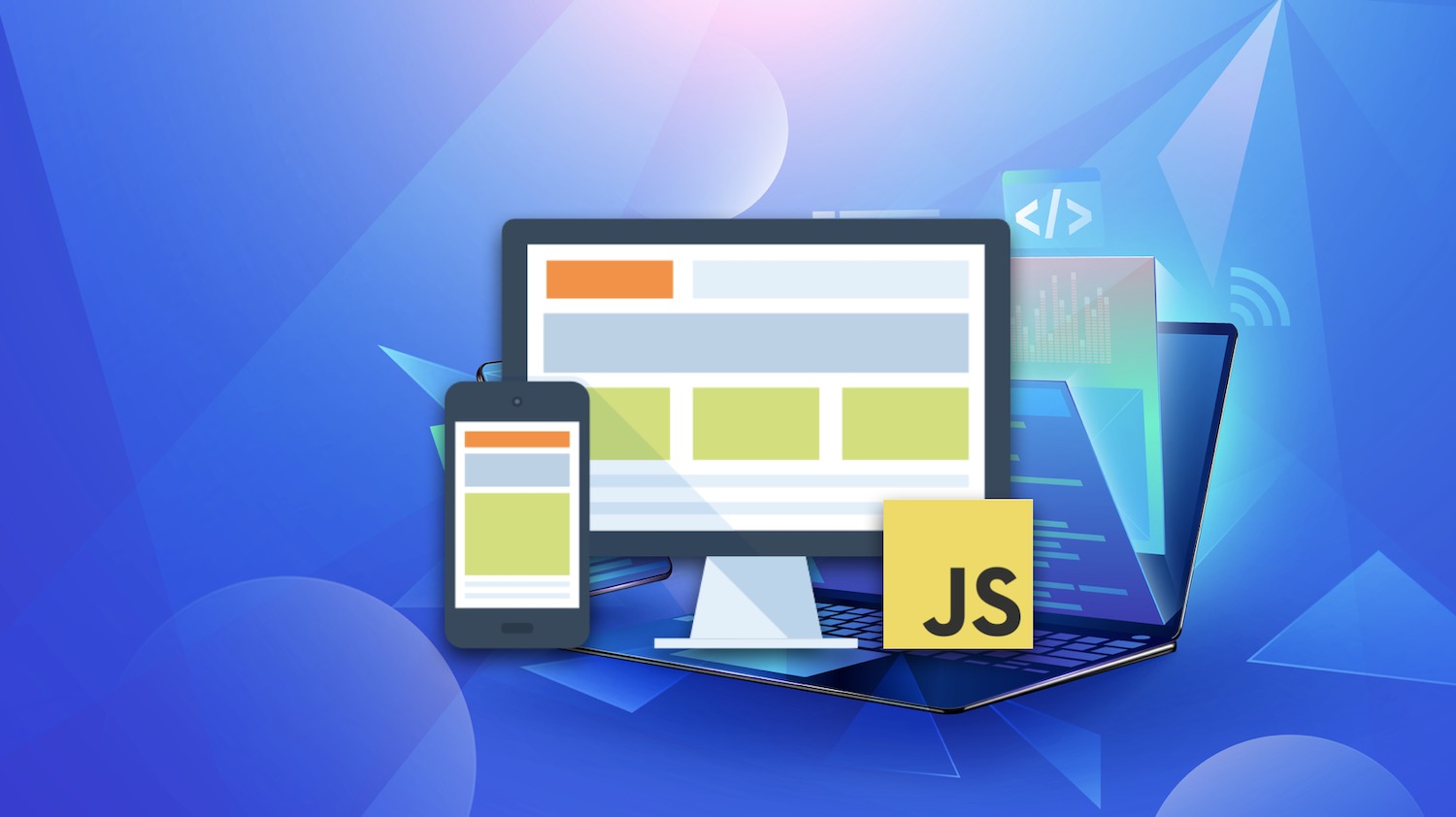Full-stack development is a sought-after skill in the technology sector, bridging the gap between front-end and back-end development. A full-stack developer is expected to possess a wide range of knowledge, covering everything from user interfaces to databases and servers. This versatility allows developers to manage projects holistically, ensuring seamless integration between different layers of an application.
The Role of a Full-Stack Developer
A full-stack developer plays a pivotal role in creating dynamic, functional applications. Their work often spans across both client-side and server-side environments, meaning they need proficiency in languages such as HTML, CSS, JavaScript, and server-side languages like Node.js or Python. Beyond coding, understanding how different technologies interact with one another is crucial. The ability to navigate databases, manage APIs, and implement responsive design is all part of the role. Consequently, a comprehensive understanding of both front-end and back-end technologies is indispensable.
Best Practices for Full-Stack Development
- Stay Updated on Technologies: The technology landscape evolves rapidly. It’s essential for full-stack developers to stay updated on the latest tools and frameworks. Regularly exploring new libraries, understanding design trends, and keeping up with back-end frameworks ensure developers remain relevant.
- Focus on Clean Code: Writing clean, maintainable code is vital for long-term project success. Adopting practices such as consistent naming conventions, modular code organisation, and comprehensive documentation helps in ensuring that code is easy to understand and maintain.
- Efficient Collaboration: Full-stack developers often work closely with designers, project managers, and other developers. Strong communication skills and a collaborative mindset are essential for ensuring the success of complex projects. Developers should be adept at translating technical requirements into actionable tasks and collaborating with team members.
- Test Regularly: Regular testing is key to maintaining code quality. Whether using automated testing tools or manual methods, ensuring that the code is free of bugs and functions as expected is an essential step in full-stack development.
Expanding Skills with Certifications and Courses
In addition to hands-on experience, aspiring full-stack developers can benefit from further learning through certifications and courses. For example, pursuing a full stack developer certification offers structured learning and validation of skills. These certifications often cover key aspects such as front-end and back-end technologies, databases, and deployment strategies.
Beyond technical coding skills, design plays a significant role in full-stack development. The user interface is the first thing end users interact with, and making it intuitive and visually appealing is crucial. Enrolling in a UI UX design course online can help developers enhance their design skills, leading to more user-friendly applications. Learning the fundamentals of user experience and user interface design adds an extra layer of expertise to a developer’s toolkit, ensuring that the applications they build are not only functional but also engaging for users.
Leveraging Resources for Continuous Learning
Continuous learning is essential for any developer, especially in a field as broad and dynamic as full-stack development. There are numerous resources available for expanding knowledge, from tutorials and coding platforms to community forums. Online platforms such as freeCodeCamp, Coursera, and Udemy offer a wealth of courses and materials, allowing developers to learn at their own pace.
Books such as Eloquent JavaScript and You Don’t Know JS provide deep insights into the intricacies of JavaScript, while platforms like GitHub allow developers to collaborate on projects, learn from others, and showcase their work.
Conclusion
Mastering full-stack development requires dedication, practice, and a willingness to adapt to new technologies. Developers who embrace continuous learning, implement best practices, and expand their skills through certifications and online courses will be well-equipped to succeed in the dynamic field of full-stack development. Combining both technical skills and design knowledge ensures developers can build comprehensive, user-centred applications that thrive in today’s competitive market.



